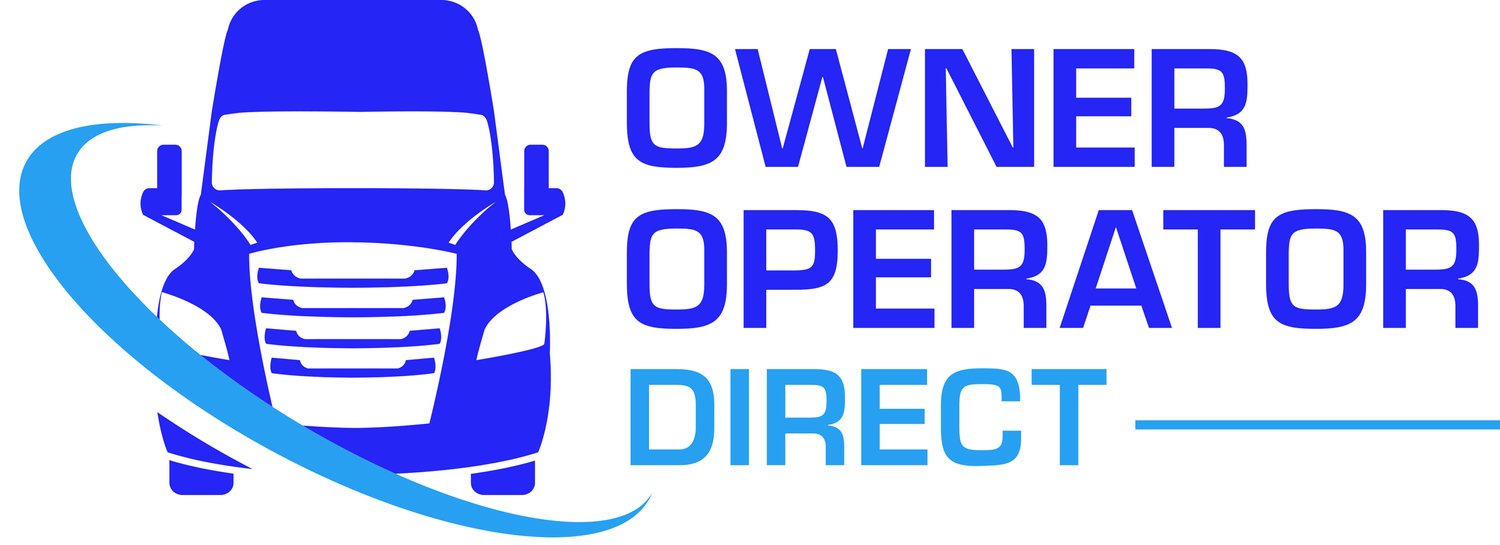Distracted Driving: Tips to Stay Focused
Concentrating on driving is often easier said than done. Even experienced commercial vehicle drivers traveling on familiar routes can fall into the trap of distracted driving.
While discussions about distracted driving often center around cell phone use and texting, ANY activity that diverts a driver’s attention away from the task of operating a motor vehicle is considered distracted driving. This risky behavior poses a danger to not only to a vehicle’s occupants, but other motorists, pedestrians, and bicyclists as well. In fact, nine percent of fatal crashes, 15 percent of injury crashes, and 15 percent of all police-reported motor vehicle traffic crashes in 2019 were reported as distraction-affected crashes.
Distractions, Distractions Everywhere
Driving distractions come in many shapes and forms, both inside the vehicle and out, and any one of them can increase the risk of a crash. Distractions outside the vehicle can include accidents or police activity along the roadway, road construction, weather, pedestrians and billboards. Common interior distractions are passengers, loose objects, eating or drinking. Other less recognized distractions include fatigue, stress, daydreaming, road rage, and smoking.
Complicating matters is the control panel of a modern commercial vehicle, which is equipped with an array of gauges, switches, entertainment systems, and dispatching and navigation devices, all challenging a driver’s ability to focus on the road. However, our brains simply aren’t built to multi-task, and any distraction while driving poses a danger.
Minimize Distractions
April is Distracted Driving Awareness Month, so now is the perfect time to recommit to minimizing driver distractions and staying focused while behind the wheel. Here are some helpful tips:
Before Driving
Be well rested. Experts suggest getting seven to nine hours of uninterrupted sleep per night.
Finish all personal grooming prior to leaving home.
Preplan your route, and set your destination if using a navigation app or global positioning system (GPS). Only use technology designed for commercial motor vehicles to help keep you on legal roads for the vehicle you are driving. Please note: Be sure to study your route in advance as navigation devices do not account for the size, turning radius, and time needed by larger vehicles to complete movements, and often provide directions very close to the actual maneuver.
Make sure you are familiar with the location and operation of all the vehicle’s controls and accessories.
Complete a pre-trip vehicle inspection as required by federal regulations to ensure that your vehicle is in safe operating condition.
Properly adjust the vehicle’s systems and controls, including the radio, seat position, mirrors, and climate control. Only make adjustments when you are safely parked.
Secure and store loose objects.
While Driving
Keep your eyes moving, check your mirrors frequently, and scan conditions at least 20 to 30 seconds ahead of you.
Avoid eating or drinking. Food and liquid spills and burns from hot beverages are a recipe for disaster. Instead, pull off the road, and enjoy your food and/or beverage in a safe location.
Don’t smoke. Lighting, extinguishing and watching for ashes can all cause hazardous situations.
Avoid focusing on objects or activities outside your vehicle that aren’t related to driving.
Don’t reach for the glove compartment or any objects that may have fallen onto the floor.
Keep both hands on the steering wheel, whenever possible.
Do not read or write. If you need to do so, pull over to a safe and legal spot.
Watch for signs of stress or aggression and lack of concentration. If your emotions are negatively influencing your driving decisions or you find yourself daydreaming, park in a safe place and clear your mind.
Take regular breaks, and watch for the warning signs of drowsiness. if you notice any signs of fatigue, get safely off the road and rest.
If passengers or other activities demand your attention, leave the roadway and stop in a legal location before attempting to address them.
Importantly, remember that federal regulations restrict the use of all handheld mobile devices by drivers of commercial motor vehicles. Violations can result in fines and/or driver disqualifications and will impact a motor carrier’s and/or driver’s Safety Measurement System (SMS) results. And, while voice-activated systems or handless devices may seem safe, they can still distract a driver’s attention away from the task of driving. It’s best to turn off or silence all devices before driving, and allow voicemail to handle your calls. If you must use your phone, pull into a safe and legal place.
It only takes a split second of distraction for an accident to occur. As a professional driver, you can set a good example for everyone by remaining mindful of your main responsibility – driving! While 100% attention is hard to maintain, it’s your duty to make the effort.
Owner Operator Direct provides top notch commercial trucking insurance to owner operators, whether operating with authority or as leased drivers. For a no-obligation quote, give us a ring at 800-499-1044 (Monday-Friday 9-5 pm ET) or answer some questions online and we'll email you one.
